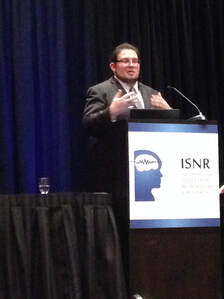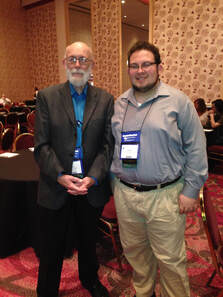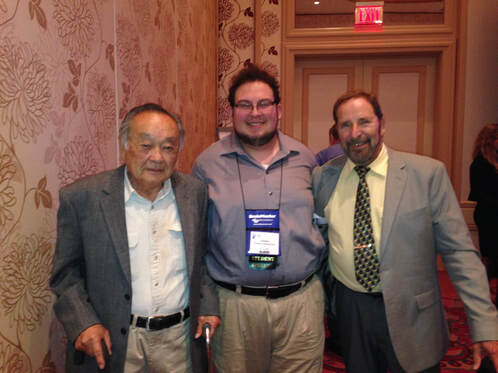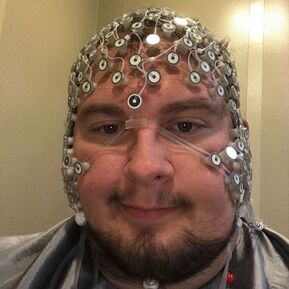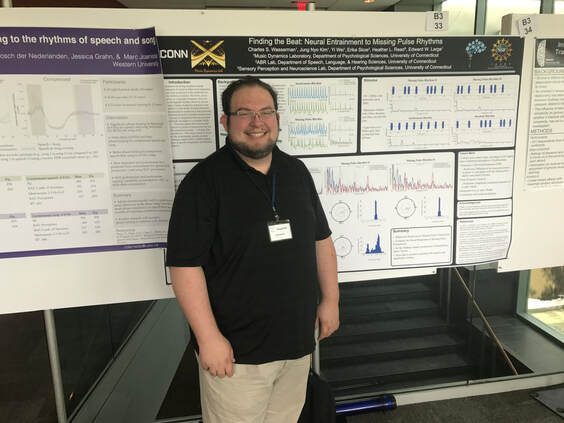Auditory (Neuro)Modulation Therapy Research
My current research interests broadly include utilizing auditory stimulation (sound) as a therapeutic intervention. There is a growing literature looking at using various forms of neuro/biofeedback to address auditory disorders including; Tinnitus, Specific Language Impairment (SLI), Central Auditory Processing Disorder (cAPD), and Dyslexia, among others. Neuro/Biofeedback is a therapeutic approach that gives patients a real-time representation of their own physiology. Measures of various peripheral physiology (e.g. Heart Rate, Breath Rate, Skin Conductance, Electromyography etc...) or central nervous system physiology (e.g. EEG, MEG, fMRI) can be used to provide reinforcing feedback designed to reinforce desired physiological behaviors.
My work in this area is currently based out of the Auditory Brain Research (ABR) Lab at the University of Connecticut, headed up by Dr. Erika Skoe.
My work in this area is currently based out of the Auditory Brain Research (ABR) Lab at the University of Connecticut, headed up by Dr. Erika Skoe.
Rhythm Perception Research
During my graduate studies, my research in the Music Dynamics Lab focused on experimental testing of neural entrainment/synchronization to complex rhythms by analyzing steady-state and frequency following responses to these rhythms using Electroencephalography (EEG). I also investigated neural oscillatory coding of statistical elements of sound, and how biofeedback/neurofeedback techniques could be used to manipulate/enhance auditory perception and processing in clinical populations (e.g. ASD, Dyslexia etc...). All of this work was performed in the Music Dynamics Lab in the Psychological Sciences Department at The University of Connecticut under the mentorship of Dr. Edward W. Large.
Publications
The Impact of Audio Environment on Attention: Journal of Neurotherapy, 2013
This study examined the relationship between audio environment and reaction time. Although background noise has generally been assumed to be distracting, recent research has suggested that the opposite may be true. Reaction time was assessed in 27 participants using a Go-NoGo task under three different noise conditions: exposure to ambient noise (the control), pink noise, and a television audio track. Participants’ reaction time was significantly decreased in pink noise as compared to the ambient noise, whereas no differences were found between the ambient and television conditions.
This study examined the relationship between audio environment and reaction time. Although background noise has generally been assumed to be distracting, recent research has suggested that the opposite may be true. Reaction time was assessed in 27 participants using a Go-NoGo task under three different noise conditions: exposure to ambient noise (the control), pink noise, and a television audio track. Participants’ reaction time was significantly decreased in pink noise as compared to the ambient noise, whereas no differences were found between the ambient and television conditions.
My CV can be downloaded HERE
